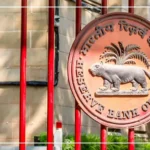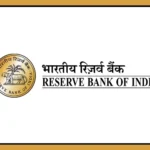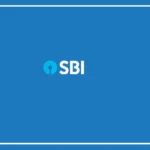Geopolitical and economic uncertainty has led to a sharp rise in the demand for gold. At the same time, central banks worldwide have increased their gold investments, driving up gold prices.
In India, the weakening of the rupee against the dollar has made gold more expensive to buy.
This has benefited individuals who have taken loans by pledging their gold as collateral.
Additionally, stricter rules from the Reserve Bank of India (RBI) on unsecured loans have increased interest in gold loans.
From January 2024 to January 2025, gold prices have risen by more than 30%, and the number of outstanding gold loans has grown by 77%. This has also resulted in an increase in non-performing assets (NPAs) in gold loans.
RBI’s Efforts to Regulate Gold Loans
To manage the rapid growth of gold loans, the government and RBI are closely monitoring the situation.
The RBI has proposed new regulations aimed at controlling the gold loan market.
Key changes include restricting gold loan companies and banks from accepting primary gold or gold-backed financial assets as collateral.
They will also be required to assess whether the loan will help the borrower increase their income or serve other purposes.
Stricter Rules for Gold Loan Repayment
The RBI’s proposed rules also introduce stricter repayment terms for gold loans. For loans with bullet repayment options, the maximum loan term will be limited to 12 months.
Additionally, the loan-to-value (LTV) ratio, which determines how much of the gold’s value can be lent, will be capped at 75%.
If the LTV ratio exceeds 75% for more than 30 days, the lending institution must set aside 1% of the loan amount as a provision.
Monitoring the Use of Loan Money
The new rules also focus on how the loan money is used. Lenders must assess the borrower’s business cash flow if the loan is intended to increase income.
One of the main goals is to prevent “evergreening,” a practice where loans are repeatedly rolled over without being repaid.
Caution in Rural and Semi-Urban Areas
In rural and semi-urban areas, where gold loan interest has surged, banks and non-banking financial companies (NBFCs) need to be cautious.
In these areas, many people depend on agriculture or small businesses, which have unpredictable incomes.
As a result, banks and NBFCs need to carefully consider the risks before issuing loans.
Experts believe that many NBFCs are already aligning their practices with the new RBI regulations.

























